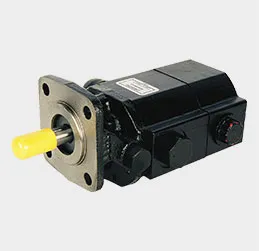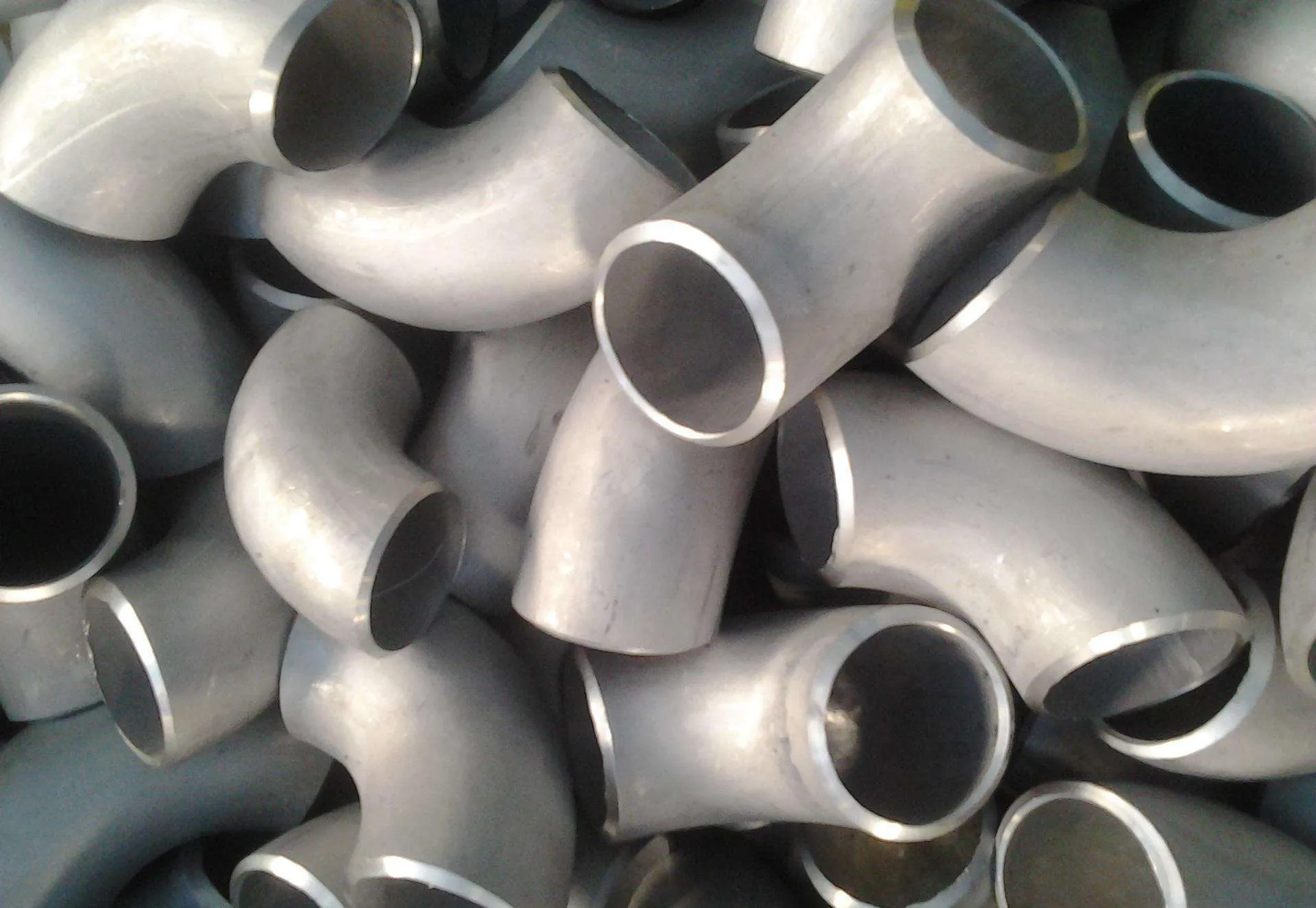Feb . 15, 2025 11:46
Back to list
die casting step by step
Die casting is a precision manufacturing process that can produce complex metal parts with high accuracy and exceptional surface finishes. This guide provides a comprehensive step-by-step breakdown of the die casting process, ideal for both novice engineers and seasoned manufacturing professionals.
4. Cooling and Solidification From Liquid to Solid Rapid cooling and solidification follow the injection as the mold's cooling system efficiently dissipates heat. This stage is crucial because controlled solidification directly affects the casting’s structural integrity and dimensional accuracy. The expertise in metallurgy plays a significant role here, as adjustments to the cooling process might be necessary to refine grain structure and mechanical properties, depending on the application’s requirements. 5. Ejection and Finishing The Final Touches Once the casting has sufficiently cooled, ejection mechanisms built into the die system release the part from the mold. At this point, the casting may require additional finishing processes such as deburring, sanding, or machining to remove any excess material (flash) and achieve final specifications. The use of finishing technologies such as CNC machining, surface treatments like anodizing or powder coating, and quality inspection tools ensures the final product meets rigorous industry standards. 6. Quality Control and Testing Ensuring Excellence Quality assurance is integral throughout the die casting process. Advanced non-destructive testing methods, such as X-ray inspection and coordinate measuring machines (CMM), are utilized to detect any internal or external defects. Each part undergoes a thorough review by quality engineers to affirm compliance with dimensional and material specifications. These professionals possess the expertise to interpret test results accurately, ensuring that the final parts are not only functional but also capable of withstanding the demands of their intended application. Efficiency, expertise, and precision define the die casting process, making it the optimal choice for producing metal components with complex designs and demanding tolerances. The continuous improvements in technology, such as simulation software and automated systems, underscore the importance of staying at the forefront of manufacturing innovation. Understanding and mastering the die casting process can significantly influence a product’s market success, providing a competitive edge with high-quality, cost-effective solutions.


4. Cooling and Solidification From Liquid to Solid Rapid cooling and solidification follow the injection as the mold's cooling system efficiently dissipates heat. This stage is crucial because controlled solidification directly affects the casting’s structural integrity and dimensional accuracy. The expertise in metallurgy plays a significant role here, as adjustments to the cooling process might be necessary to refine grain structure and mechanical properties, depending on the application’s requirements. 5. Ejection and Finishing The Final Touches Once the casting has sufficiently cooled, ejection mechanisms built into the die system release the part from the mold. At this point, the casting may require additional finishing processes such as deburring, sanding, or machining to remove any excess material (flash) and achieve final specifications. The use of finishing technologies such as CNC machining, surface treatments like anodizing or powder coating, and quality inspection tools ensures the final product meets rigorous industry standards. 6. Quality Control and Testing Ensuring Excellence Quality assurance is integral throughout the die casting process. Advanced non-destructive testing methods, such as X-ray inspection and coordinate measuring machines (CMM), are utilized to detect any internal or external defects. Each part undergoes a thorough review by quality engineers to affirm compliance with dimensional and material specifications. These professionals possess the expertise to interpret test results accurately, ensuring that the final parts are not only functional but also capable of withstanding the demands of their intended application. Efficiency, expertise, and precision define the die casting process, making it the optimal choice for producing metal components with complex designs and demanding tolerances. The continuous improvements in technology, such as simulation software and automated systems, underscore the importance of staying at the forefront of manufacturing innovation. Understanding and mastering the die casting process can significantly influence a product’s market success, providing a competitive edge with high-quality, cost-effective solutions.
Next:
Latest news
-
OEM Sand Cast Pump Valve Fittings - Baoding Hairun | Precision Engineering, CustomizableNewsJul.30,2025
-
OEM Sand Cast Pump Valve Fittings - Baoding Hairun Machinery And Equipment Trading Co., Ltd.NewsJul.30,2025
-
OEM Sand Cast Pump Valve Fittings - Baoding Hairun Machinery And Equipment Trading Co., Ltd.NewsJul.30,2025
-
OEM Sand Cast Pump Valve Fittings - Baoding Hairun Machinery|Precision Engineering&Fluid ControlNewsJul.30,2025
-
OEM Sand Cast Pump Valve Fittings - Baoding Hairun Machinery And Equipment Trading Co., Ltd.NewsJul.30,2025
-
OEM Sand Cast Pump Valve Fittings-Baoding Hairun Machinery And Equipment Trading Co., Ltd.NewsJul.30,2025
PRODUCTS CATEGORIES















